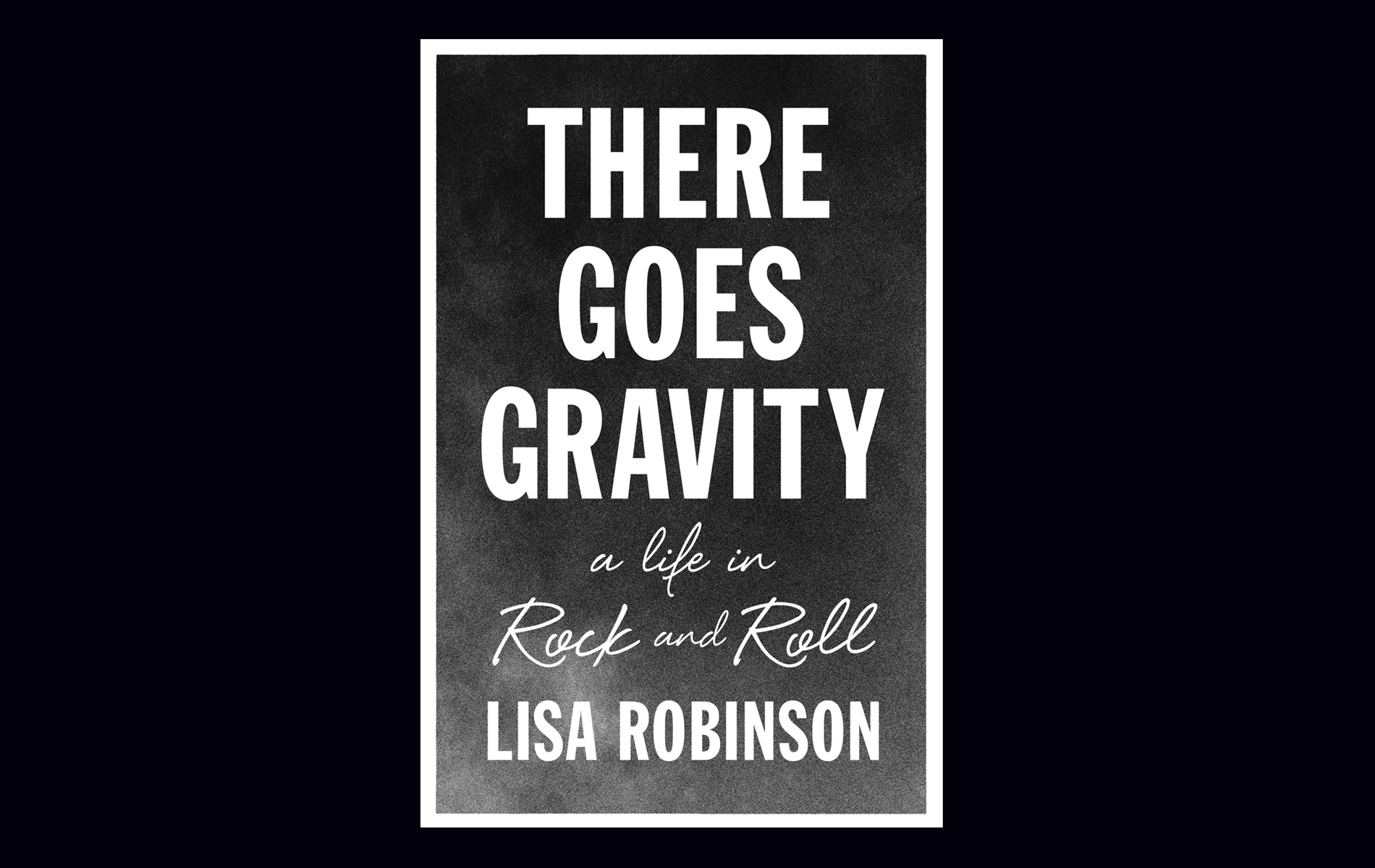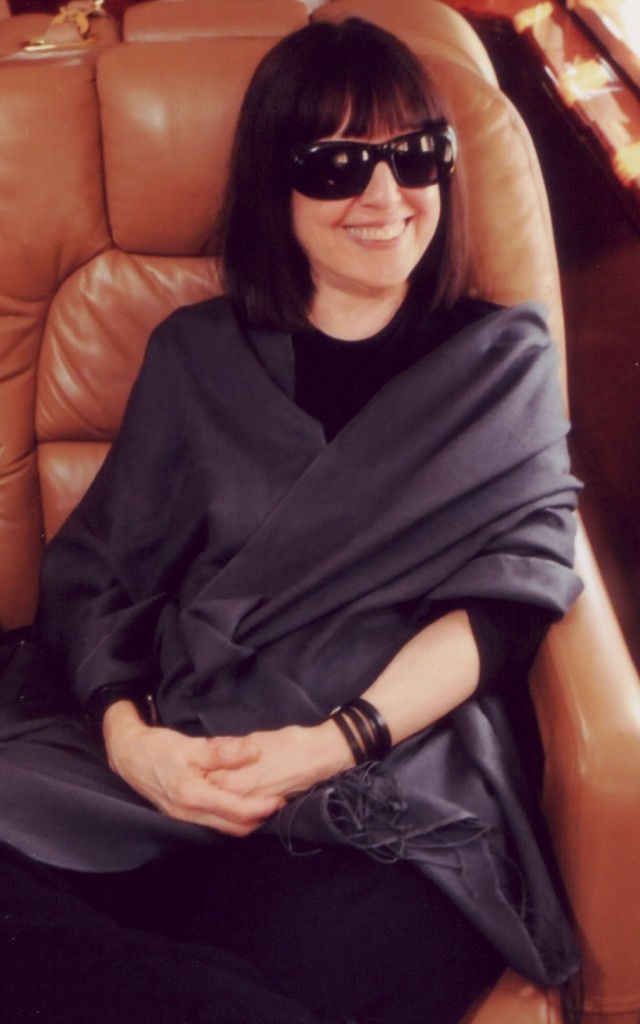Because at some point, we all dream of being rock and rollers.
by Kaylen Ralph
Lester Bangs’ advice to young gun reporter William Miller was simple: “Be honest, and unmerciful.”
As anyone (and hasn’t everyone?) who’s seen Almost Famous knows, such simple instruction seems trite and unrealistic once William, portrayed by Patrick Fugit, gets on the road with fictional rock band Stillwater. After the death of Hoffman – who portrayed Bangs – in February of this year, journalists of all types and experience levels lamented the loss of the man who personified their dream career: rock writer.
“The only currency in this bankrupt world is what you share with someone else when you’re uncool,” Bangs said, effectively soothing William’s hurt feelings with the proffering of brotherly love.
After almost 15 years, Lisa Robinson’s first book, There Goes Gravity: A Life in Rock and Roll really complicates this notion, especially in terms of how it applies to rock writers, of which she is one of the best. Because Lisa Robinson is cool. She’s really cool. And without making it a cause for crusade, Robinson entered uncharted journalistic territory that was already becoming a boy’s club and hurtled straight to the top of the game.
“I wasn’t a critic…This was somewhat of a rarity in the early 1970s when ‘rock journalism’ was in its infancy and mostly populated by boys who had ambitions to become the next Norman Mailer,” she writes.
There Goes Gravity is broken up into ten chapters; each one focuses on a different musician she’s encountered from the past four decades that she’s spent writing, observing, drinking, traveling and collaborating with rock royalty. The book opens with what sometimes comes across as a stream-of-consciousness perspective on the road with the Rolling Stones for the 1975 Tour of the Americas. From there, it follows a loose chronological order.
Working mostly from the countless diaries she kept during her travels, There Goes Gravity moves along at a brisk clip, a pulsating bass of Robinson’s frankness keeping time throughout. Bangs insisted to William that he “cannot make friends with rock stars,” but Robinson does, and despite the fact that (early on) she was one of the few women who didn’t identify as “groupie” or “girlfriend,” she garnered respect from the (mostly male) musicians she interviewed and profiled for various media outlets.
“The writer Pete Hamill once said that rock journalists were like prosecutors, but I was the defense attorney. As far as I was concerned, we were on the same ‘side,’ because our lives had all been so changed by the music.”
Perhaps because of my age, or maybe because of my own musical preferences, I was particularly struck by her profiles of Lady Gaga and Eminem. What’s even more impressive than her unpeeling of their layers (you get to know Stefani and Marshall because Lisa made it her point to do so), is Robinson’s own ability to shift focus from the rock & roll 70s and early 80s to the more punk rock and pop renderings of the 90s and 2000s.
If she finds them interesting and worthwhile, Lisa is able to ingratiate herself into the good graces and companies of today’s top artists just as effectively as she was able to entrench herself with the Stones in 1975.
“To be in a scene in New York…was completely different than if you came to New York, wrote about a scene, and thought you were in that scene…those writers were tourists.”
Robinson is not a tourist. She’s really fuckin’ cool.
There Goes Gravity
By Lisa Robinson
368 pages, Riverhead Books, $27.95
Will be published on April 22, 2014
Lisa Robinson is a contributing editor at Vanity Fair. She writes about music and produces music issues for the magazine. Her most recent profile, “Jay Z Has the Room,” was the November 2013 cover story.
Kaylen Ralph is The Riveter‘s co-founder and co-editor.





